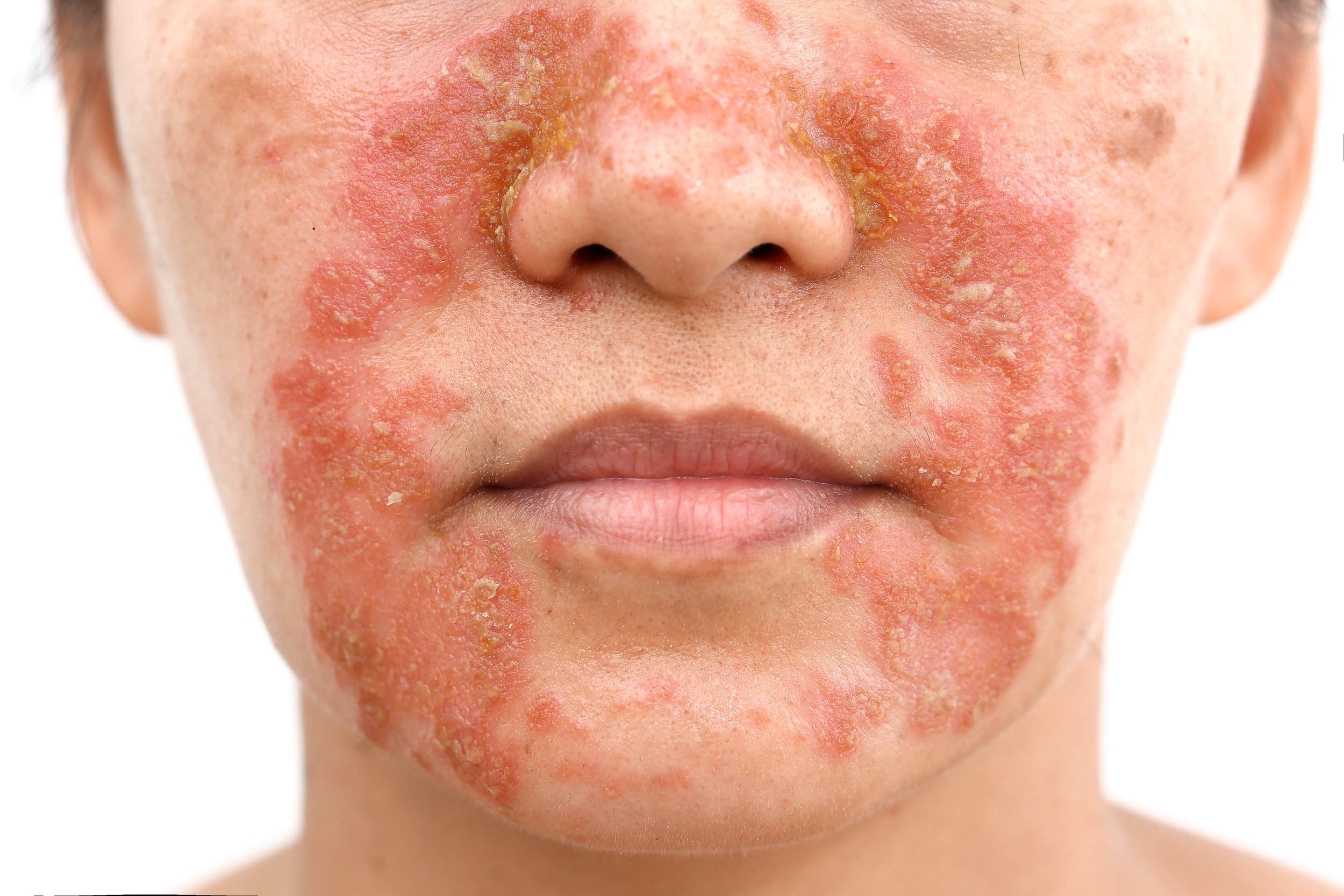Is OX40 Inhibition the Next Breakthrough for Atopic Dermatitis?
Atopic dermatitis (AD) is a chronic inflammatory skin disorder characterized by intense pruritus, erythema, and epidermal barrier dysfunction. The pathogenesis of atopic dermatitis involves complex immune dysregulation, predominantly driven by Th2 and Th22 cytokine responses, including IL-4, IL-13, and IL-31. Despite advancements in targeted therapies, unmet needs persist, especially for patients with moderate-to-severe atopic dermatitis who do not respond to existing treatments like dupilumab, a monoclonal antibody targeting the IL-4 receptor. Recent research has turned to OX40 inhibition as a promising therapeutic pathway in atopic dermatitis, driven by emerging data suggesting OX40’s critical role in immune cell activation and maintenance in atopic dermatitis.
OX40 (CD134) is a co-stimulatory molecule in the TNF receptor superfamily primarily expressed on activated T-cells. Upon activation, OX40 interacts with its ligand, OX40L, expressed on antigen-presenting cells, promoting the expansion and survival of memory T-cells. This OX40/OX40L signaling pathway plays a central role in propagating chronic inflammatory responses by amplifying Th2 and Th22 cytokine activity, which are key contributors to atopic dermatitis pathology. Furthermore, studies demonstrate that OX40 signaling not only enhances T-cell-mediated responses but also upregulates cytokines involved in pruritus and inflammation, such as IL-31, highlighting its potential as a therapeutic target in atopic dermatitis.
Clinical trials are exploring OX40-targeted therapies to address AD by disrupting the chronic inflammatory cascade. Two major strategies include OX40 antagonists, which block the OX40/OX40L interaction, and OX40L inhibitors, targeting the ligand to prevent downstream signaling. KHK4083, an OX40 antagonist monoclonal antibody, has demonstrated promising results in Phase 2 trials, showing significant reductions in pruritus, erythema, and overall disease severity in patients with moderate-to-severe AD. The inhibition of OX40 signaling was correlated with a decrease in key Th2 and Th22 cytokines, suggesting that KHK4083 effectively downregulates the immune response responsible for atopic dermatitis pathogenesis.
Another candidate, rocatinlimab (AMG 451), an OX40 monoclonal antibody, has shown clinical efficacy in reducing AD symptoms in Phase 1 and 2 studies. Rocatinlimab’s long-term benefits are of particular interest, as data indicate that patients maintain reduced disease activity even after treatment cessation. This sustained effect may reflect a resetting of the immune landscape by dampening T-cell memory, which has implications for durable disease control.
OX40 inhibition represents a shift in atopic dermatitis treatment by targeting memory T-cells, which could yield longer-lasting benefits and potentially alter the disease trajectory. Unlike cytokine inhibitors that require continuous administration, OX40 blockade may offer more durable control, possibly reducing the frequency of flare-ups and improving patients’ quality of life. However, questions remain regarding the safety profile of long-term OX40 inhibition, particularly with respect to immune surveillance and the potential for increased susceptibility to infections or malignancies due to T-cell modulation.
If you need to book an appointment for your allergies or asthma, you can book your appointment online, or call (212) 247-7447.

